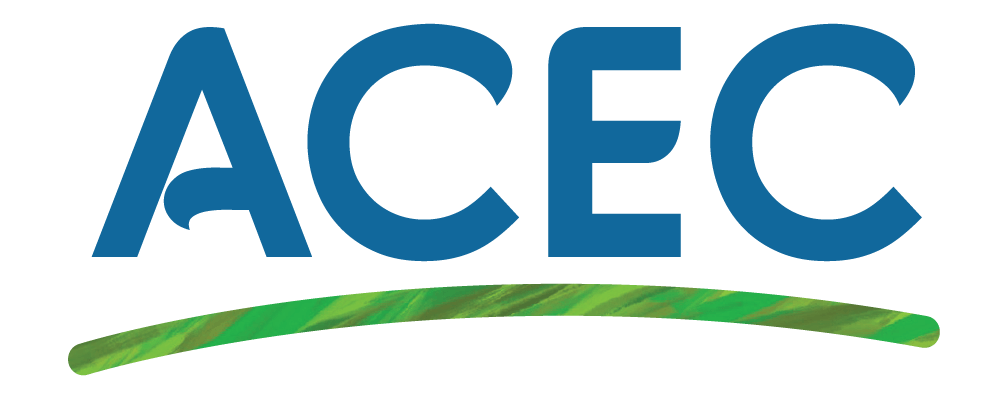
What just happened at the UN about Children’s Rights and Climate Change?
On 18 September, the United Nations Committee on the Rights of the Child launched a ‘General Comment’ outlining countries’ obligations to children with respect to climate change.
Conor Twyford writes about the impact of this General Comment in Aotearoa New Zealand
A few days ago, on 18 September, the United Nations Committee on the Rights of the Child launched a very important ‘General Comment’ outlining countries’ obligations to children with respect to climate change.
Via General Comment 26, the Committee has unequivocally stated that all countries that have ratified the UN Convention on the Rights of the Child (and that’s all countries except the USA!) are responsible for protecting children not just from the climate harm happening now – but also from the harm that countries will do to children if they fail to act.
The Committee further states that countries can be held accountable not only for the harmful impacts of climate change occurring within their borders but also beyond them, with particular attention to be paid to the disproportionate harm experienced by disadvantaged children. The 196 countries that are Parties to the Convention are urged to take immediate action on multiple fronts, including phasing out fossil fuels, shifting to renewable energy, ensuring access to clean water, improving air quality, transforming industrial agriculture, and protecting biodiversity.
“General Comment 26 stresses the role of children’s agency – noting the critical role of environmental education in empowering tamariki to act, and stressing that their views must be considered in environmental decision-making. ”
States will be required to report periodically to the Committee on the progress they are making in protecting children’s climate and environmental rights.
It will likely be unsurprising that in the build up to the launch of GC 26, countries pushed back hard. Canada, for instance, stated in its submission that it ‘strongly disagrees that the adverse effects of climate change on the enjoyment of children’s rights necessarily give rise to extraterritorial obligations to protect against those effects and to mitigate harms’ (ref).
So what power do international human rights treaties like this one have?
In some ways, very little.
Children and young people have little formal power in international law. That’s why, as the climate crisis has deepened, we have seen massive protests on the streets, led by Indigenous people, and by children and young people. Now, increasingly, they are mounting legal challenges in international courts of law.
On the other hand, they matter a whole lot.
In a climate crisis, every single action matters, at every single level. International human rights treaties give us important moral guidance and set the narrative for positive change. Children and young people have seen the value of taking action internationally: in fact, it was a legal challenge mounted by 16 young people using the Convention of the Rights of the Child - Sacchi & Others v Argentina, Brazil, France, Germany and Turkey - that provided the impetus for the UN Committee on the Rights of the Child to develop General Comment 26
“The truth is also that Indigenous people, and children and young people, aren’t waiting. At the grassroots and flaxroots level they are carving out their own power and driving vital change. ”
In Aotearoa, young people were responsible for pushing through the Zero Carbon Act, which gave us the Climate Change Commission, and helped put important energy behind our Emissions Reduction and National Adaptation Plans. The latest campaign, Make It 16, to lower the voting age, is driven strongly by young people’s climate concern.
How can environmental educators support tamariki and rangatahi to develop that political and social agency that is so critical not just to their physical survival but to maintaining their mental wellbeing?
It starts with the things that educators do every day: connecting children and young people to the whenua, building that sense of connection to place and to community. Research shows that when these connections are made, critical thinking and social agency will follow. Simply put, what we love, we will fight to protect.
It's not always easy to make time to do these things with tamariki when teaching workloads are so high. However, embedded as they are in community, educators are some of the best positioned people to undertake this important work. As the climate crisis unfolds, environmental and climate education must become integrated more strongly and clearly into our national curriculum – and kaiako must be freed up to do it. Important announcements from international treaty bodies like the UNCRC then have somewhere to land and take hold.
Get involved
We would love to hear more about how you are involved in climate change education, or have you sign up to receive our Newsletter.
